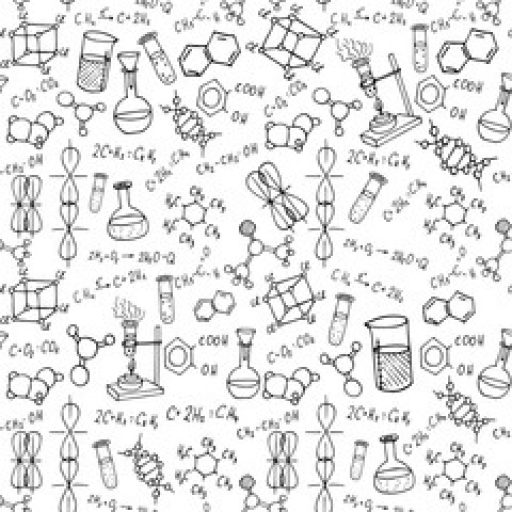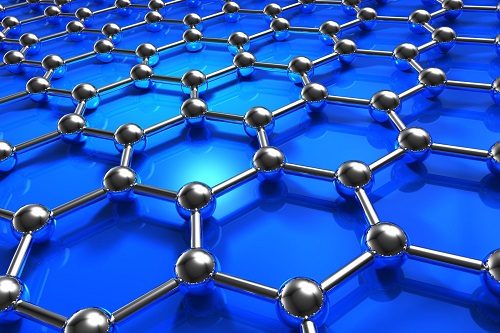- Foaming agent will transform molten polystyrene into Styrofoam to have a porous cellular structure. In acetone, Styrofoam will dissolve in it and due to its porous structure, it will allow large volume of acetone to be dissolved. Hence when acetone has evaporated, the foaming agent is removed giving polystyrene to return to its unaltered form, rigid and translucent. Therefore, Styrofoam will become denser and solid. Image below depicts the porous property of Styrofoam.

Image source: http://www.foardpanel.com/open-vs-closed-cell-foams/
2a.The reason why branched LDPE cannot be used due to the fact that molecularly it is branched. This means that there is alot of pores within the branched LDPE. This means that it is not resistant against physical force such as cutting forces etc.
2b. the molecular reason as to why the linear HDPE is successful in this application is due to the fact that it is linear and molecularly it means that more fibres can be fit into the material per unit area. this means that the fibres are tightly packed and have high resistance towards physical forces.

Image source: electronicpackaging.asmedigitalcollection.asme.org/data/journals/jepae4/930123/ep_136_03_031002_f002.png
3.
When the plastic bag (made of long-chain polymer molecules) is pulled, the randomly dispersed molecules align in the direction of the pull. Hence, the plastic becomes larger and thickness decreases, a phenomenon known as necking. The same thing does not happen to paper. Paper is not ductile – it does not deform elastically due to its atomic structure
4a) Hydrophilic, Easy to mould, Allows oxygen to pass through, Bio-Compatible
(b) Hard contacts is made up of polymethylmethacrylate (PMMA), soft contacts lens are made up of hydogels.
Contacts are transparent, unreactive to chemicals on eye surface and tough.
(c) Hard contacts absorb oxygen while soft contacts don`t. Hard lenses have microscopically porous nature to transmit oxygen to cornea, hence are known to be ” gas permeable”. Hence, soft contacts rely more on “oxygen-rich” tears to provide oxygen to the eyes compared to hard contacts.
Soft contacts are made up of hydrogel, hence, making it easier to absorb water to keep lens soft and supple, however, it makes eyes dry out easily. Hard lens won`t pull away the moisture, hence providing moisture to the eyes.
 Image source: http://www.ag-eyecare.com/services/contact-lenses/
Image source: http://www.ag-eyecare.com/services/contact-lenses/

